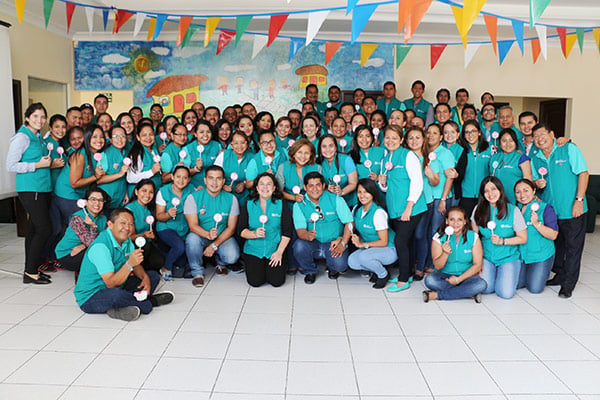
We are a global nonprofit organization working to eradicate poverty around the world. We believe that ending poverty starts with children.
Together, we’re providing young people with the opportunities and tools they need to break the cycle of poverty — and changing the lives of entire communities along the way. When you become a part of our movement, you’re joining a compassionate team deeply committed to our mission.
As we grow, we are seeking talented people who:
Live the mission • See the potential in everyone, everywhere • Believe human connections matter • Are always learning • Own the impact.
Note: All our internationally based positions are staffed by highly qualified, local professionals from the communities we serve. Only current residents/citizens - or those with work authorizations in these countries - will be considered for these positions.
Global Director of Talent Growth Operations
Talent Growth Global Recruitment & Development Manager
Children International
2000 E. Red Bridge Rd. Kansas City, MO 64131

We are committed to complying with all federal, state, and local laws providing equal employment opportunities, and all other employment laws and regulations. It is our intent to maintain a work environment that is free of harassment, discrimination, or retaliation because of age, race, color, national origin, ancestry, religion, sex, sexual orientation (including transgender status, gender identity or expression), sexual stereotyping, pregnancy (including childbirth, lactation, and related medical conditions), marital status, physical or mental disability, genetic information (including testing and characteristics), association with anyone who is a member of a protected class, AIDS/HIV status, veteran status, uniformed service member status, or any other status protected by federal, state, or local laws. Children International is dedicated to the fulfillment of this policy in regard to all aspects of employment, including but not limited to recruiting, hiring, placement, transfer, training, promotion, rates of pay, and other compensation, termination, and all other terms, conditions, and privileges of employment.
In compliance with the Transparency in Coverage Rule and Consolidated Appropriations Act, please find the link below for Machine-Readable Files rule: https://bcbskc.sapphiremrfhub.com





